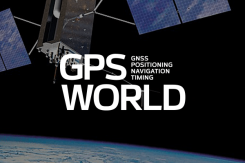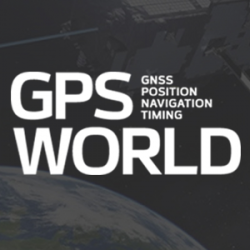
BeiDou and GNSS headline ISSN 2023
March 2, 2023
The International Symposium on Satellite Navigation 2023: Advances, Opportunities and Challenges (ISSN 2023) will take place Nov. 20-22 in China.
Read More

The International Symposium on Satellite Navigation 2023: Advances, Opportunities and Challenges (ISSN 2023) will take place Nov. 20-22 in China.

News from the European GNSS Agency The European GNSS Agency (GSA) has released its latest GNSS User Technology Report, […]

Two workshops convened in recent weeks in the U.S. and Canadian capitals, respectively, sought to bring into focus […]

Advances in micro-electro-mechanical systems (MEMS) sensor technology include temperature-sensing MEMS oscillators (TSMO). Pairing a TSMO with a GNSS […]

Skyworks Solutions, which manufactures analog and mixed-signal semiconductors, has launched three low-noise amplifier (LNA) front-end modules with integrated […]

The September article Receiver Design for the Future is based on a GPS World webinar, which sprang from a […]

How the Internet of Things Now Drives Location Technology
The number of devices connecting to the Internet is growing fast. The applications running on them require location context to determine the most likely use case. These devices need continuous location — not necessarily noticed or activated by the user, but always on. The specification that becomes important is energy per day: the device must maintain its location without draining its battery — and increase location availability indoors. That creates new design requirements for hybrid capability.
Follow Us